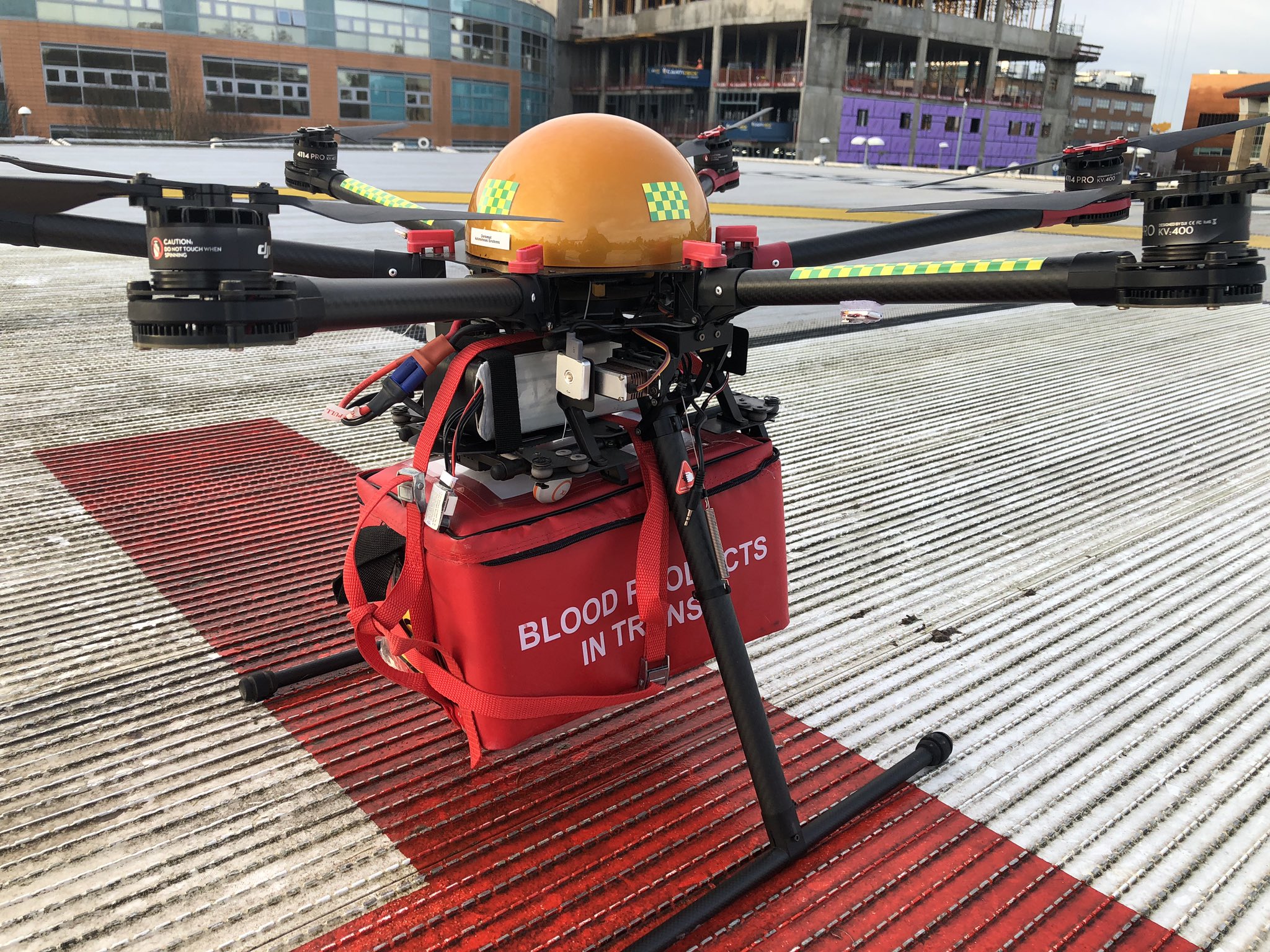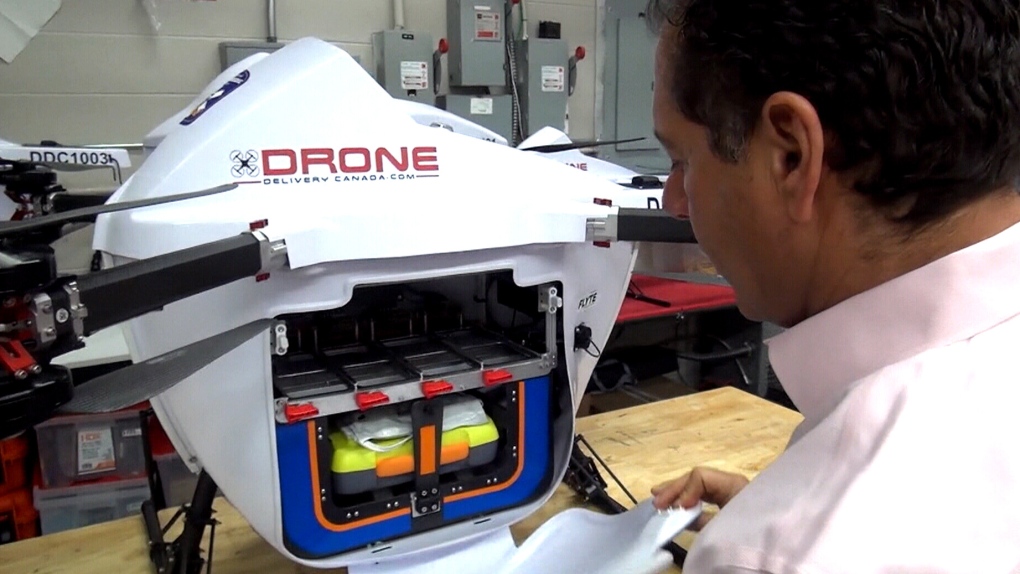

These plans are then relayed to the relevant air traffic authorities for flight authorisation. The idea is that the C2C automatically creates flight plans using artificial intelligence, navigating within a digital twin – or virtual representation – of the real world. This is the focus of the SAFIR-Med project.īelgian medical drone operator Helicus has established a command-and-control (C2C) centre in Antwerp to coordinate drone flights. Looking beyond the challenges, Prof Cimellaro thinks such systems could be a reality within five years, with drones holding significant future promise for avoiding ‘putting human lives in danger’.Īnother area in which drones can be used to save lives is medical emergencies. They can also be used by organisations that mandate their use for staff working in hazardous environments, such as factories or offshore oil rigs. However, said Prof Cimellaro, current thinking is that this can be unintrusive if tags are incorporated in existing technology that people often already carry such as smartwatches, mobile phones or ID cards. There are some challenges in terms of accuracy and battery life, while another obvious drawback is that people in the building need to already be wearing trackers. He added: ‘A unique characteristic of this project is that it allows indoor tracking without communication networks such as Wi-Fi or GPS, which might not be available if you are in an emergency like a disaster or post-earthquake situation.’ ‘By knowing how many people are inside the building and where they are located, it will optimise the search-and-rescue operation.’ ‘You create a sort of temporary network from outside the building through which you can detect the people inside,’ said Professor Gian Paolo Cimellaro, an engineer at the Polytechnic University of Turin and project lead on IDEAL DRONE.

The details can then be mapped to optimise and accelerate rescue operations, and enhance safety for firefighters by allowing them to avoid searching all over a burning building without knowing where people are. The idea is that the drones triangulate the position of people inside where their signals intersect, as well as detecting information about their health condition. Making use of an Italian aircraft hangar, the tests involved pilots on the ground flying three drones around the outside of a building. Equipped with antennas, the drones use a radio-frequency system to detect the location of ‘nodes’ – or tags – worn by people inside a building.īy knowing how many people are inside the building and where they are located, it will optimise the search-and-rescue operation. The IDEAL DRONE project developed a system to aid in firefighting and other emergencies to demonstrate the potential for using swarms of uncrewed aerial vehicles (UAVs) in such situations.

This is particularly true when it comes to urban environments, where navigation is complex and requires safety regulations. Drones are also being used for medical purposes, such as to transport medicines and samples, and take vaccines to remote areas.ĭrones for such uses are still a relatively new development, meaning there is plenty of room to make them more effective and improve supporting infrastructure. The patient lives, with the saved minutes proving critical.Īt the time of writing, drones have already been used in search-and-rescue situations to save more than 880 people worldwide, according to drone company DJI. Just in the nick of time – no deaths are recorded.Įlsewhere in the city, drones fly back and forth delivering tissue samples from hospitals to specialist labs for analysis, while another rushes a defibrillator to someone who has suffered a suspected cardiac arrest on a football pitch. An alarm is triggered and a swarm of drones swoops in, surrounds the building and uses antennas to locate people inside, enabling firefighters to go straight to the stricken individuals.

In a city in the future, a fire breaks out in a skyscraper.


 0 kommentar(er)
0 kommentar(er)
